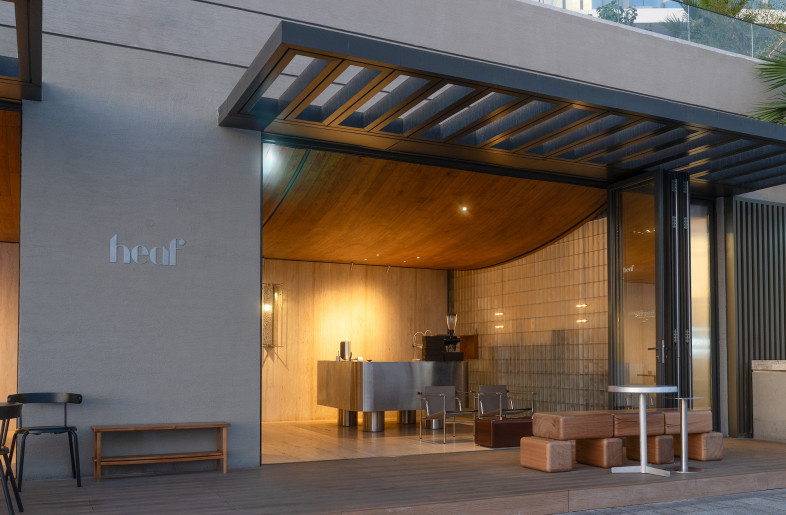Do not renovate a hotel without first looking at this South Tyrol makeover

Unlike other winter-sport destinations, the autonomous South Tyrol region in northern Italy has a lean and sharply innovative hospitality industry — hotels are family-owned operations where Germanic craftsmanshi
Create a free account to read the full article
Get 2 premium articles for free each month
Related Articles
MORE Renovation
Openings: See the latest from Supreme, Dior and more

What a Barcelona hilltop home can teach us about designing for your surroundings

Past meets (work-in) progress to futureproof this 19th-century palazzo turned café

Social and academic wellbeing go hand in hand, a San Diego university campus shows

Implicit values take precedence over explicit visual brand identity in a Brooklyn HQ

Without a single plant inside, this open-plan villa still hits the biophilic mark. Here's how

A restrained design language allows the ceremony of coffee-drinking to take centre stage

This office embraces the power of contrast, solving the conundrum of ‘old building, modern needs’

Customer comfort is central at a Taiwanese café where lingering is encouraged
